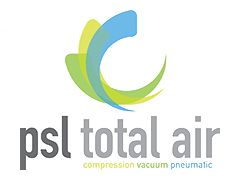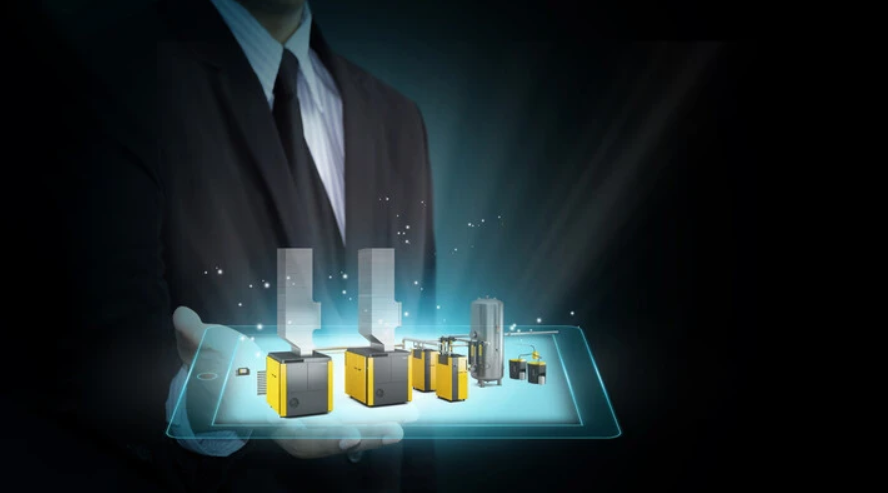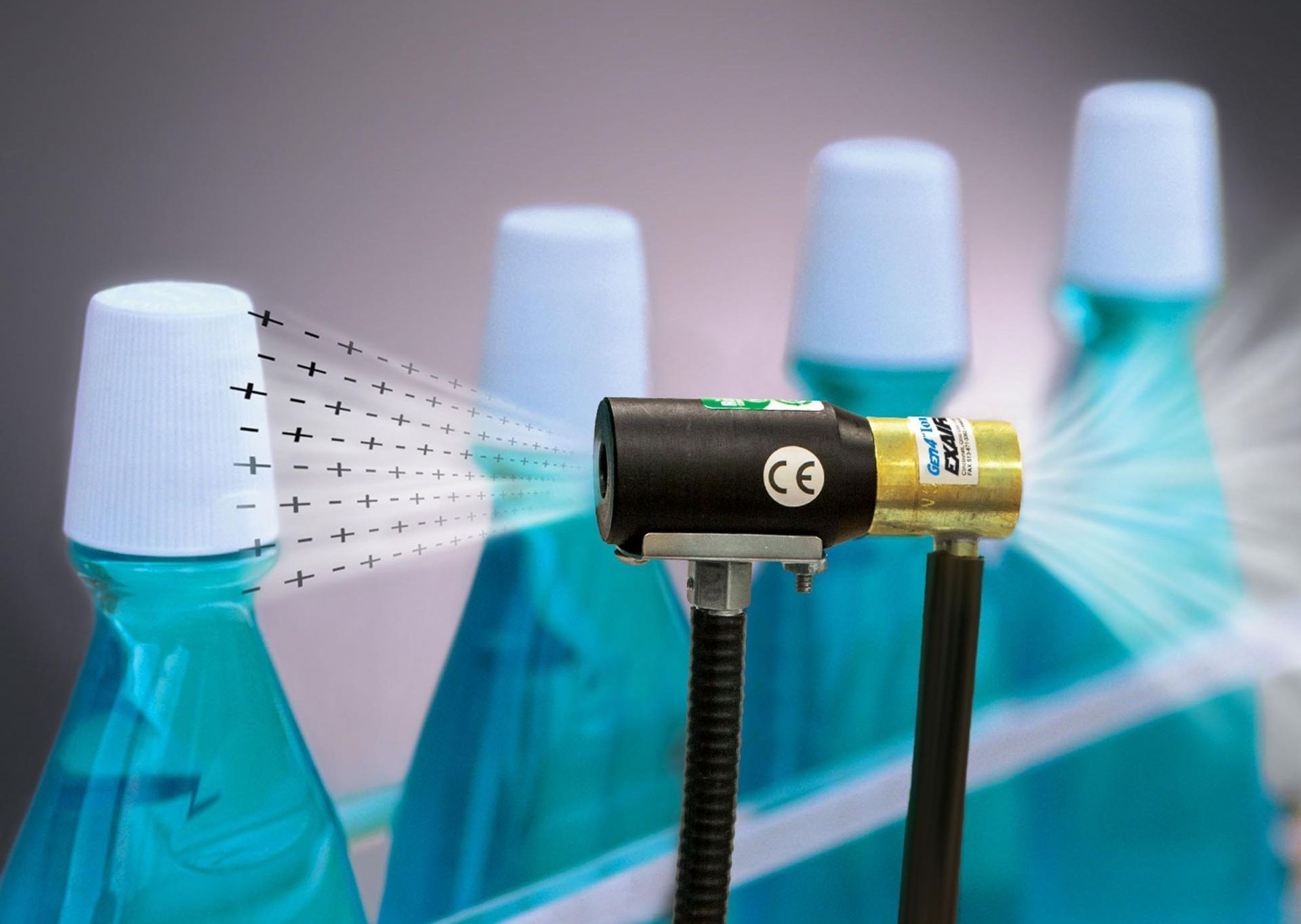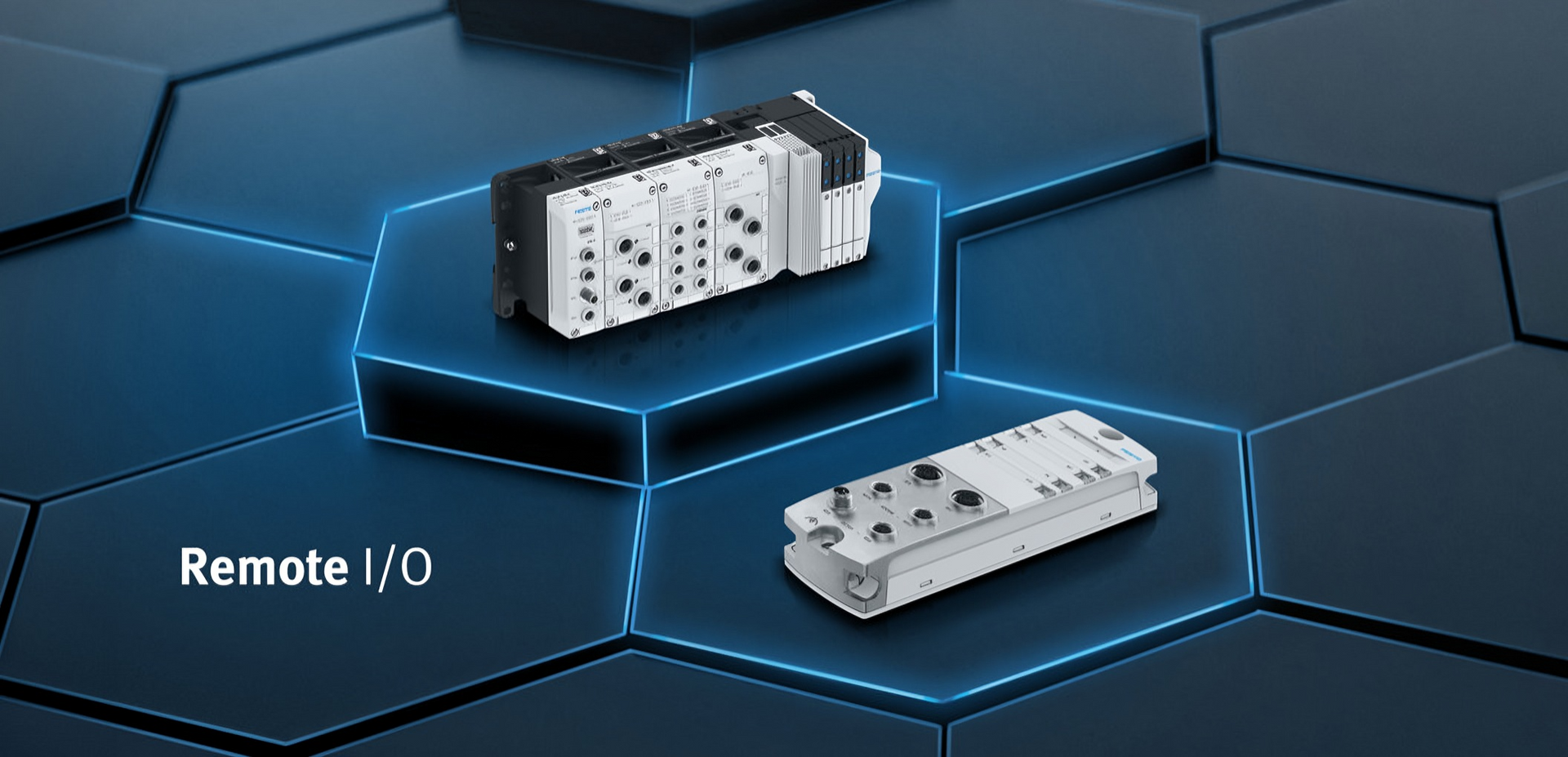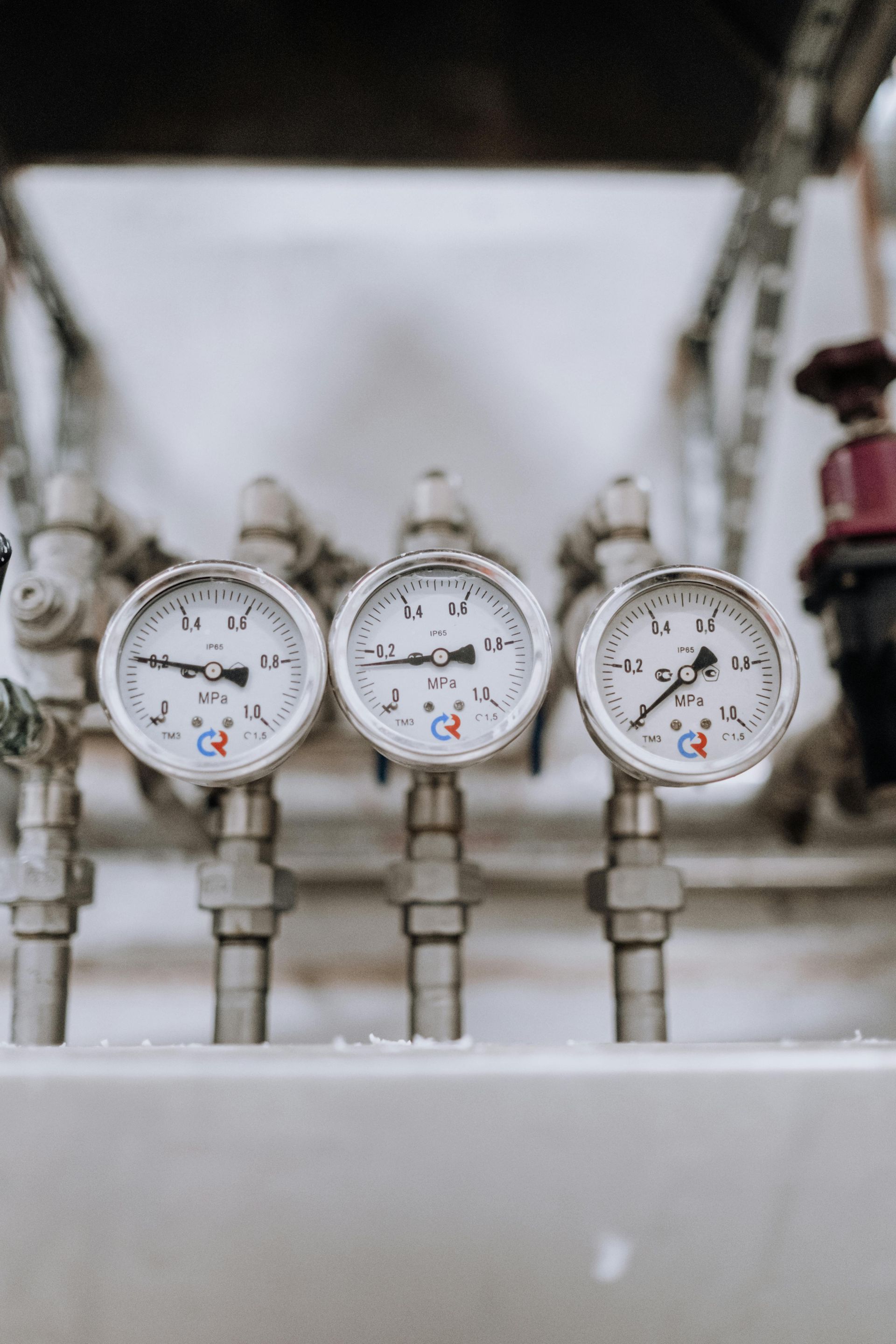5 Reasons to Consider a Multi-Compressor Station
5 Reasons to Consider a Multi-Compressor Station
Most compressed air use profiles incorporate step changes rather than gradual adjustments. Often companies will choose one big speed drive compressor to meet demand.
Here's a few reasons why a multi-compressor station may be a better solution.
- Improved Reliability: When a single compressor station breaks down, production stops. When a compressor beaks down in a multi-compressor station there are still other compressors producing air.
- Smaller Standby Compressors: A single compressor station needs a similar sized standby, whereas a multi-station can have a much smaller option.
- Improved Efficiency: Specific power, especially at lower air use, is much better with a multi-station when compressors are better matched for profile.
- Reduced Maintenance: Usually a smaller compressor does most of the hours in a multi-station, and due to being smaller, costs less to maintain.
- Smaller Receiver Size: A receiver's ideal size is half the output of the largest compressor. Since a multi-station has smaller compressors, a smaller receiver is needed, saving capital cost.
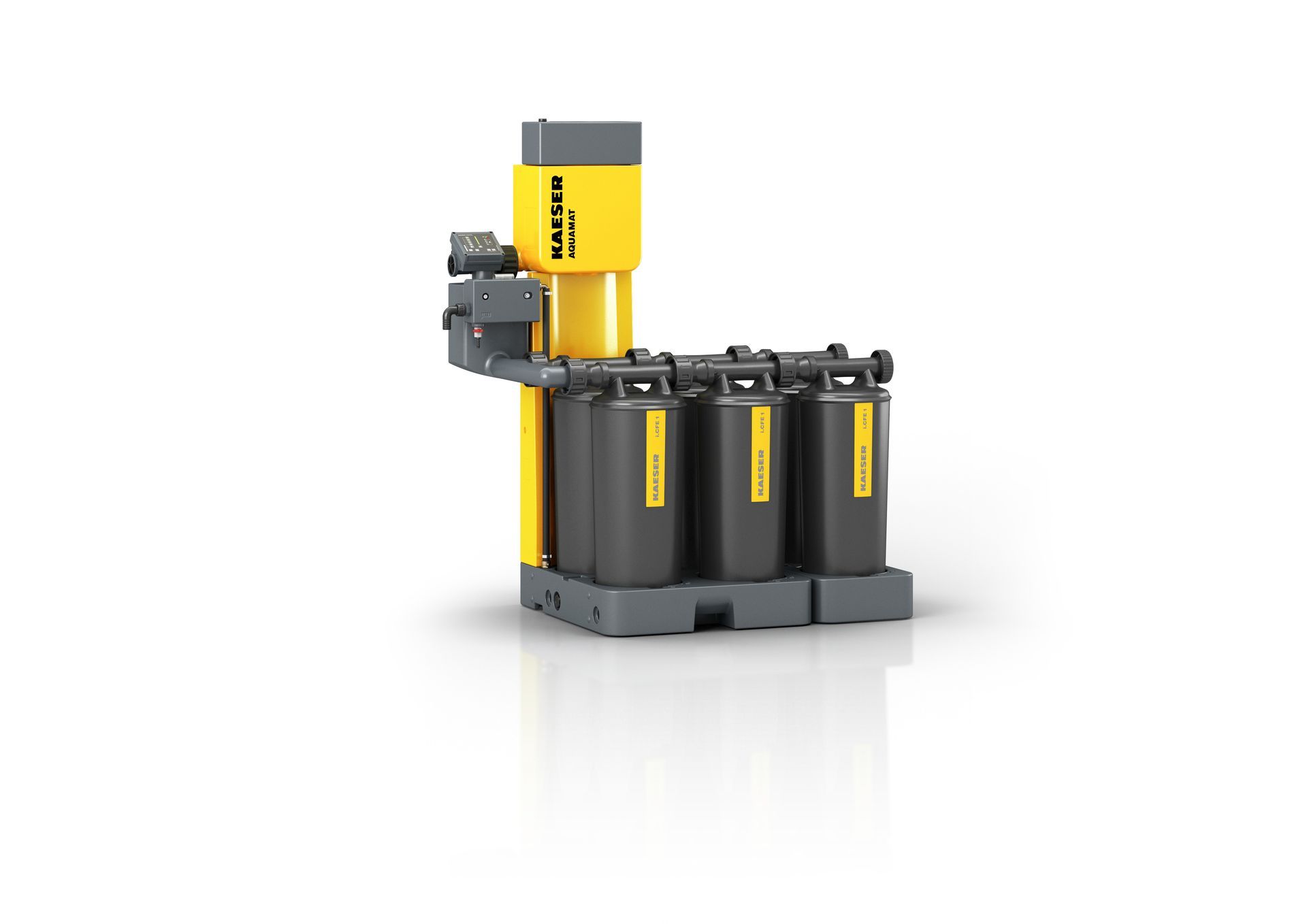
In our modern world, environmental protection has become more than just a corporate buzzword; it's a genuine priority for businesses that want to do their part for a sustainable future. Many of our customers are actively seeking ways to make their production processes as eco-friendly as possible. One small but powerful action you can take is proper condensate treatment . By managing your condensate correctly, you prevent harmful oil and dirt from entering our waterways, helping preserve the environment for future generations. In this blog, we'll explore what condensate is, why its disposal is a concern, and how Kaeser’s innovative i.CF Aquamat system offers a smart, efficient solution. What is condensate? When air is compressed, moisture from the air naturally condenses into water, and that's where condensate comes from. While it might look harmless, condensate typically carries contaminants like oil residues, dirt particles, and sometimes heavy metals. Left untreated, even small amounts can have serious impacts on the environment. Due to the risk of water pollution, strict environmental regulations prevent businesses from releasing untreated condensate into drainage or sewage systems. That means proper management isn't just a good idea, it’s a legal requirement. What does an Aquamat do? Kaeser’s new i.CF Aquamat range makes condensate treatment easy, effective, and smart. These units are equipped with intelligent controllers that continuously monitor condensate levels. When the condensate reaches its maximum limit, the system triggers a short, controlled burst of compressed air, pushing the liquid through special filter cartridges. Here’s what happens next: Purified water exits the system and is safe to pour into standard drainage systems. Oil and contaminants remain trapped inside the filter cartridges, ready for safe, easy disposal with no direct contact with hazardous waste. This hands-free, automated process ensures environmental compliance without disrupting your daily operations. What are the benefits? The i.CF Aquamat range offers multiple advantages, making it a smart investment for any business: Environmental protection: By treating your condensate before release, you actively prevent harmful toxins from polluting waterways. Cost savings: Since you're safely releasing most of your condensate and only disposing of the small amount of captured waste, you can save up to 90% on disposal costs. Maintenance efficiency: The smart controller sends an alert when servicing is needed, helping you avoid unnecessary maintenance costs and downtime. Modular flexibility: Every model in the i.CF Aquamat range uses the same filter cartridges. That means scaling up or adapting your system is simple and cost-effective as your business grows. Why it matters Treating condensate properly isn’t just about compliance, it’s about responsibility. Every step we take to minimise industrial waste contributes to a healthier planet. With solutions like the i.CF Aquamat, businesses can meet environmental obligations, save money, and feel good knowing they’re part of the solution, not the problem. Ready to find out more about how you can treat your condensate safely and sustainably? Get in touch with our team today, we’re here to help you make a difference.
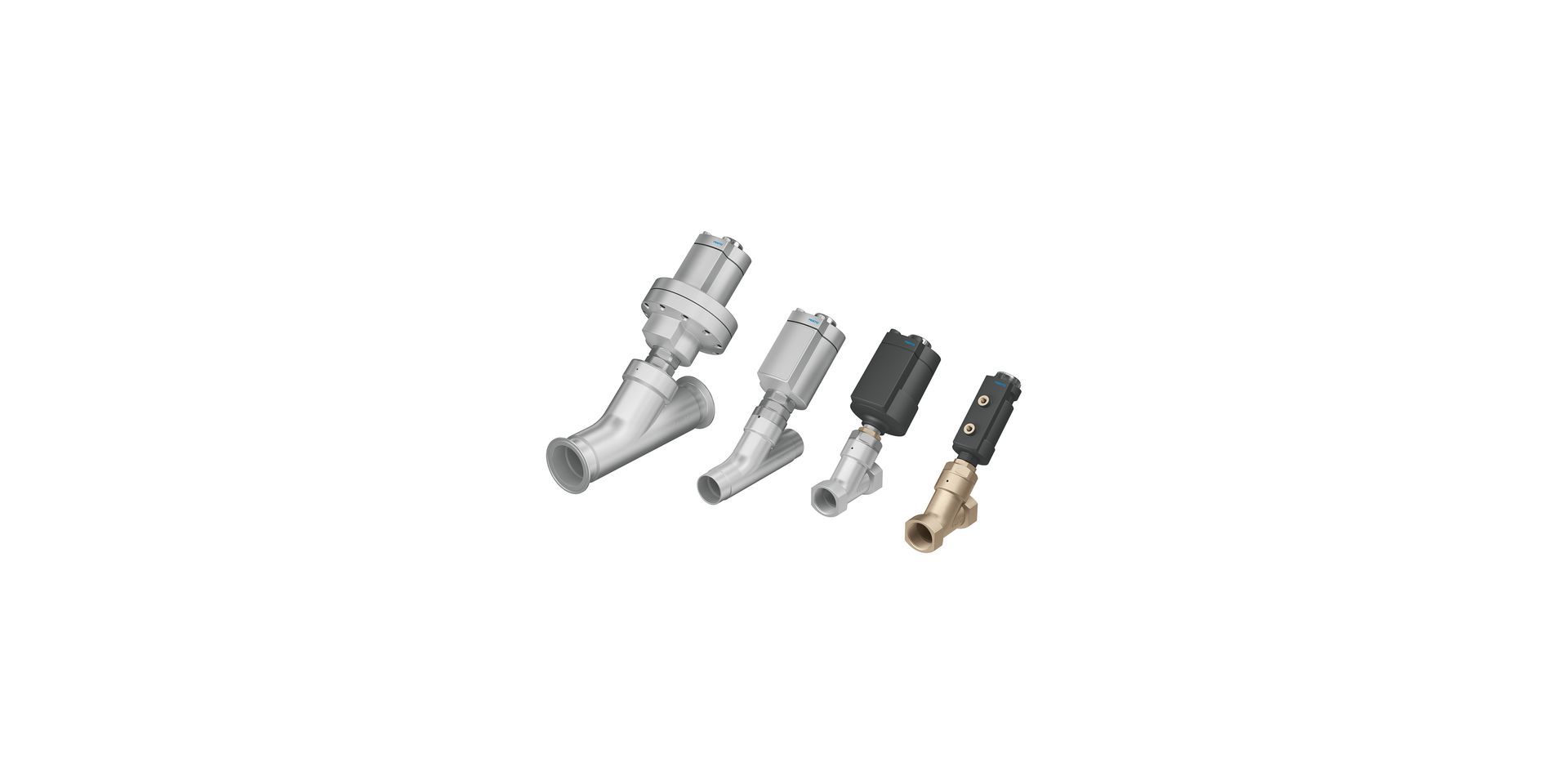
In industrial gas and fluid control systems, the selection of the right valve is critical for ensuring efficient, reliable, and safe operations. Among the various types of valves available, Festo's angle seat valves stand out for their unique design and versatility. But what exactly is the purpose of an angle seat valve? Let’s explore its key functions and the advantages it offers in various applications.

Are you in the market for an industrial air compressor? If so, you may be feeling overwhelmed by the many options available. Choosing the right compressor for your needs can be a daunting task, but fear not! In this blog post, we'll guide you through the process and help you make an informed decision.
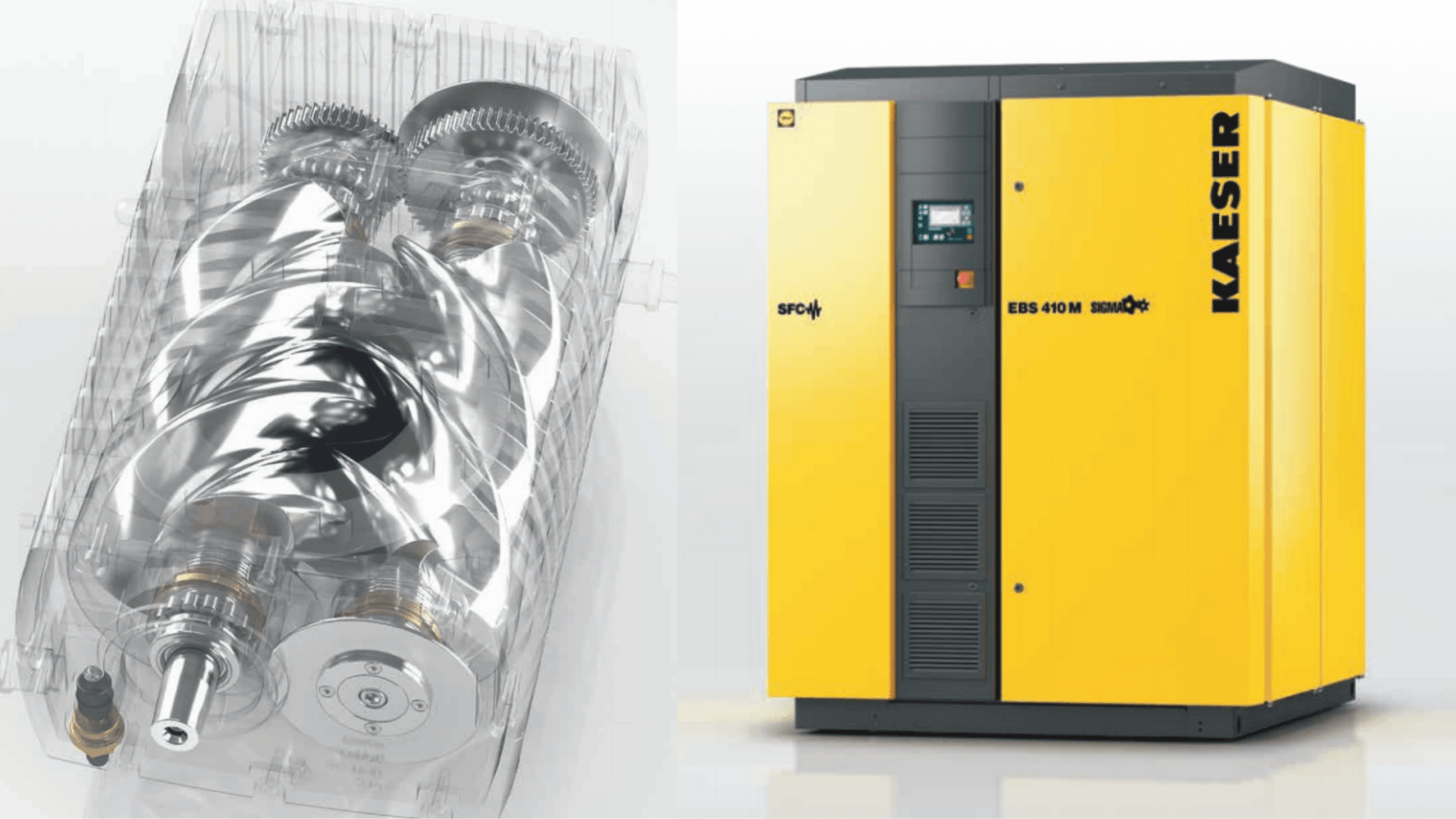
To understand why, we need to understand the difference in how each type of blower creates pressure. Lobe blowers shift air. Any compression (creation of pressure) occurs only when the movement of air hits a surface, creating back pressure. Because of this, lobe blowers can perform without failure regardless of whether or not there is back pressure. This situation often occurs during the air conveying of product. With screw blowers, the compression takes place inside the screw block. If there is no back pressure in the pipe, you will have rapid compression and expansion of the air, which will create a lot of noise and potential pump damage. For this reason, screw blowers are ideally suited for applications where there is consistent back pressure, like the aeration of ponds. If your operation has back pressure, a screw blower is a great option and can lead to significant energy savings.
